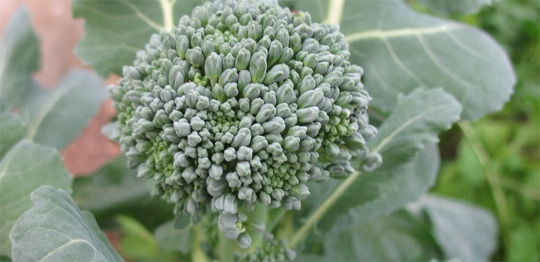Weekend Gardening: February Tips
February 21, 2015
Here are gardening tips for the month of February from your local Extension Service:
Flowers
- Re-fertilize cool season flowerbeds, using a liquid or granular form of fertilizer. Be careful not to apply excessive amounts and keep granules away from the base of stems.
- Prepare flowerbeds for spring planting by adding and incorporating soil amendments like mushroom compost, manure or homemade compost. Till or spade the bed to incorporate the amendments with the existing soil to a depth of 6 to 8 inches. Allow the prepared bed to lie undisturbed for 3 to 4 weeks before planting. This provides time for some important biological activity to take place, and new plants are less likely to suffer from stem and root rots as a result. Have a soil test done. Sometimes lime is needed. However, a lime application should be made only if the need is revealed by the test.
- Replenish mulch in flowerbeds.
- Prune rose bushes.
Trees and Shrubs
- February is possible the best month for rejuvenation of old, overgrown shrubs. When pruned now, plants have an entire growing season to recover.
- Prune summer flowering deciduous shrubs such as Althea and Hibiscus. Since they flower on current season’s growth, flowering can actually be enhanced by proper pruning
- Do NOT prune the spring flowering shrubs yet. Azaleas, Spiraeas and Forsythia flower during early spring because buds were formed last summer and fall. Pruning in February would therefore remove most of the flower buds.
- Cold damaged trees and shrubs should NOT be pruned until new growth appears. You want to preserve as much healthy plant material as possible.
- Replenish mulch in shrub beds
- Finish planting ornamental and fruit trees.
Fruits and Nuts
- Fertilize established pecan trees. Use a “special pecan fertilizer” that contains zinc. Use 2 lbs. for every year of age of the tree up to a maximum of 55 lbs. Broadcast the fertilizer evenly beneath the tree.
- Fertilize established peach, plum, pear, persimmon, apple and fig. Apply about 1 ½ lbs of a 10-10-10 (or similar) fertilizer for each year of age of the tree until a maximum of 10 to 15 lbs. per tree is reached.
- Blueberries are very sensitive to nitrogen and can be killed easily, particularly when they are young. Fertilize only if your goal is to increase yield or berry size. An annual application of 2 ounces of a special “azalea/camellia” or “special blueberry” type fertilizer per plant in February is ample fertilizer on 2-year-old plants.
- Prune muscadine grapes between mid-February to mid-March. A standard method is to allow 2 to 4 node spurs spaced every 6 inches of cordon. You may notice that pruning cuts bleed, but there is no evidence that this is injurious to the vine.
- Grapes (bunch and muscadine) should be fertilized at the rate of 1 ½ lbs of 10-10-10 for each year of age with a maximum of 5 lbs per plant applied in late February.
- Last call for planting fruit trees! Most fruit trees such as pecans, plums, persimmons, figs, peaches and nectarines are shipped bare roots and should be planted during the dormant season.
- Apply a spray containing horticultural oils emulsion to dormant fruit trees and ornamental shrubs. Follow label directions carefully.
Vegetable Garden
- Several winter vegetables can still be successfully grown by starting them this month. Plant beets, broccoli, cabbage, carrots, cauliflower, celery, Chinese cabbage, collards, endive/escarole, kale, kohlrabi, leek, lettuce, mustard, parsley, English peas, radish and turnips.
- Plant Irish potatoes. Purchase certified seed potatoes rather than using the grocery store kinds. Use 2-ounce seed pieces with eyes and plant them 3 to 4 inches deep.
- Prepare spring vegetable and herb beds for planting by adding and incorporating soil amendments like mushroom compost, manure or homemade compost. Wait 3 to 4 weeks before planting.
Lawns
- Hold off on fertilizing the lawn. It is still too early for an application of nitrogen containing product. Cold temperatures and lack of plant response would likely result in wasted fertilizer. However, your winter weeds would benefit greatly.




Comments